It’s no secret that Facebook Ads are difficult to optimize.
With over 2 billion monthly active users, it’s becoming increasingly difficult to target a specific audience.
And most marketers struggle to find positive ROIs from their efforts.
Facebook’s diverse audience-targeting options and demographic data can be overwhelming.
I still get lost in Facebook’s Custom Audience options, and I’ve been using Facebook to advertise for years now.
It’s one of the most difficult platforms to use.
But when you do find success on Facebook, you can quickly scale your business with cheap sales and consistent growth.
Facebook needs to be a part of your marketing and advertising strategy.
It’s one of the best social media marketing tools to drive huge ad sales.
But most marketers can’t seem to find a good ROI.
Thankfully, after years of testing, I found the biggest mistake that I (and other marketers) tend to make with Facebook Ads.
Personalization.
Here’s why you need personalization and how it can transform your Facebook Ad ROI.
It’s all about personalization
There are quite a few mistakes people can make with Facebook Ads and other forms of paid online advertising.
Sometimes, the ad copy and images aren’t that compelling.
Or your landing page might be killing conversions, too.
It could also be that the audience targeting is off the mark.
That last one is really common among business owners and marketers.
Why? Facebook is all about personalization.
You can target audiences within some surprisingly narrow criteria.
Facebook’s robust Audience Insights tools allow you to find a lot of information about the groups of people who take an interest in your content (or related content).
This goes far beyond typical demographic info like age ranges and geographic locations.
You can, and should, take those into account, of course.
But it’s just the tip of the iceberg. Facebook offers so much more.
You can find out what people are interested in.
You can get a good idea of their lifestyle, occupation, and income level.
You can even find out about people’s past purchasing habits.
You can distinguish between variables like people who live in a city, vs people who are currently in that city but are traveling.
You can even narrow things down based on past purchasing behavior for tons of product and service categories like apparel and subscription services like Netflix.
So there are lots of options for personalizing your ads specifically for a certain set of people.
All of this is information you can use to optimize and perfect your audience targeting, helping you add that personal touch to each ad that you run.
The more you know about someone, the easier it is to reach out to them in a way that’s designed to really, genuinely resonate with them.
If you want to reach people, you need to understand them.
And that takes us to my first Facebook Ad personalization tip.
1. Develop customer personas
“Know your audience” is a marketing mantra, and it’s for good reason.
It’s hard to reach someone effectively if you don’t know anything about them.
Imagine an ad for a brand of smart fitness apparel for men, used in a campaign without any kind of specific targeting.
Sure, the target audience — men in their 20s to 40s that are serious about fitness and working out— might see it.
But they might not.
You might end up reaching a bunch of elderly grandmothers, or other groups that are the wrong demographic for fitness products.
If your ads are being shown to the wrong group of people, you’re wasting your budget.
This is why audience targeting is so important.
By using the right criteria to narrow things down, you can get a much higher ROI:
It’s also why Facebook is such an awesome platform for digital marketers.
So how do you start getting a solid handle on who your target audience should be?
One of the best ways to go about doing that is to create what’s called a “customer persona.”
A customer persona is a profile that describes your ideal customer:
These are the people who are most likely to be interested in your brand.
Most businesses will have several types of “ideal customers.”
Here’s a sample template that shows some of the information you might want to incorporate.
Let’s break this down, step by step.
First things first: basic demographic information, along with a name and a job title.
The job title aspect is especially important for B2B.
However, it’s worth including in customer personas for a B2C brand, too.
The name is something you can have some fun with.
You could just use a basic fictional name, like Jane Doe, or you could use an online name generator.
Some people also like to use alliterative naming, like “Small Business Steve” or “Copywriter Clara.”
Next, you need demographic info.
Age, gender, geographical location, education level, marital status, and income range.
How do you get that kind of information?
You’ve got a couple of options for that.
My favorite way to collect information on my customers is with Facebook’s Insights on the Business Manager:
Click on “Audience Insights” and head to the dashboard.
Here you can start to search for data on your Facebook audience:
If your audience is small, you can search based off of other people’s audiences too.
For example, you can get data based on groups with specific interests:
Start by typing in a related brand that produces similar products and services to you.
For example, we can use my brand:
Now we can gather tons of demographic data and pages like:
This is a great way to develop a buyer persona.
Gather relevant information from Facebook and use it to construct your profiles.
2. Create a compelling brand story
Naturally, we love stories.
Ever notice how when someone is explaining a new concept to another person, they’ll usually offer up a story that demonstrates what they’re talking about?
The concept of narrative is intimately tied to the entire process and experience of being a human being.
Think about your memories, the ones from your childhood through today.
Doesn’t your life, as a whole, constitute a story?
A good story can forge a strong connection with your audience.
In fact, Facebook recommends it.
At first glance, this might sound kind of strange.
They’re Facebook Ads, so how could they possibly tell a story?
The key is in narrative structure:
The storytelling element can be kind of subtle, depending on what direction you go with this concept.
It doesn’t have to be just text, either. Your ads can be video-based too.
The thing with this is that it approaches those deep things in customers’ minds, the underlying thought processes they’re not 100% aware of.
Video or images use the power of visuals to provide information that text can’t capture.
And most importantly, it makes people feel something.
On Facebook, in particular, you can implement a strategy called “sequential advertising.”
The example below shows three Facebook Ads that, together, form a connected sequence.
This is where storytelling starts to merge into your sales funnel.
It starts to mesh with each stage of the buyer’s journey:
When you tailor your ad sequences to the buyer’s journey, you can effectively hook viewers in.
The ads will speak directly to the experiences the customer is having.
Using brand storytelling to create ad sequences on Facebook is another way to make your ads feel personal.
You can easily do this by making multiple audiences based on funnel stage and remarket to them with sequential ads.
When creating your ads, make multiple ads in an ad set and target the same audience as they move through the buyer’s journey:
3. Writing to the user, not at the user
Facebook Ads may not have a whole lot of text, but that text needs to be strong and impactful.
And if your ad directs people to a landing page, you’ll need great copy over there, too.
You should write like you’re having an intimate, one-on-one conversation with the person who’s reading your copy.
Here’s a great example from Spotify:
It feels like they’re talking to you, not at you.
It reads like a natural conversation.
Being casual is key.
It’s OK to have sentence fragments. And you can start a sentence with a conjunction if you want.
You can use casual turns of phrase, and even some kinds of slang.
There are also a few contexts in which you’d actually want to use the “passive voice.” It’s rare, but it happens.
So don’t worry too much about grammar and sentence structure.
It’s all about writing naturally like you’re having a direct conversation with the end user.
Here are a couple of helpful tips for friendly, approachable, conversational copywriting.
- As you write, imagine yourself having a conversation with someone. Think one person, not some faceless mass of thousands of people hidden behind computer screens. Each reader should feel like you’re talking specifically to them.
- Use embedded commands to encourage thoughts that bring people closer to your brand. You’re probably wondering what an “embedded command” is. I actually just gave you one. Embedded commands are a way of very subtly planting thoughts and ideas into the reader’s head. Language like “you want to,” “you’d be surprised,” and “when you” is a surprisingly powerful technique.
- Don’t be afraid to add some personality to your copy. This one’s kind of hard to pin down. It’s a “know it when you see it” kind of thing. But don’t get too stuck on formalities when you write. Write like yourself — a version of yourself that embodies the brand you’re writing about.
- Use rhetorical questions. This is another subtle way to draw people into your writing. Ask a question, then answer it. It feels like you’re actually asking the reader something, even though you’re not.
The way you write copy affects how well it resonates with your audience.
If you can make it feel personal for each reader, you’ll drive more conversions.
If your ROI is low, take a look at the copy. Look at your landing page too, and not just the ads themselves.
Overhauling your copy might be exactly what you need to up your conversion rate.
4. Start retargeting engaged users
Retargeting on Facebook is one of my favorite ways to convert customers.
You’re advertising to warm leads, who are people who’ve already done something that suggests they might buy from you.
This can even be repeat customers who need another push to convert a second, third, or fourth time.
Or it could mean marketing to people who’ve liked your business page on Facebook or visited your website.
You can even target people who almost made a purchase but then abandoned their shopping cart.
We’ve already gone over sequential advertising on Facebook, and this is another place where you can leverage that strategy to make a connection with people.
You can do all of this thanks to Facebook Pixel.
Once you add it to your website, you can follow each lead as they make their way through the buyer’s journey.
You can track several different actions that someone could take on your site. Facebook calls these “events.”
For Facebook remarketing, you’re going to want to use Facebook’s “Custom Audiences” feature.
You can choose from multiple types of audiences:
If you want to retarget interested users, create a custom audience based on one of these audience types.
You can upload a list of customers from your CRM, utilize existing web traffic, or create an audience based off of engagement.
To keep it simple, select the “Website Traffic” option.
Here you can retarget visitors based on their interaction on your site:
Try targeting people who visited specific web pages, or by how much time they spent.
These are key indicators of whether or not they will buy again.
5. Always be testing
When a scientist has a question about something, the first thing they’ll do is set up an experiment that can help them find the answer.
If you’re using Facebook Ads, you probably have a lot of questions.
Most importantly, you want to know what works and what doesn’t.
Does this audience like the headline you’ve been using, or should you try another one?
Is one image leading to more conversions than the other?
Is this ad best suited for this audience, or for a different audience?
These kinds of questions can be answered through experimentation.
Test, test, and test again.
Over time, you can use this approach to figure out what works best.
If you’re not sure about something, test it. Here’s an example.
BionicGym is a device that uses neurostimulation to work leg muscles in a way that resembles a cardio workout.
During their Indiegogo campaign, they found that their campaign wasn’t generating enough money to cover product development.
Despite media coverage – including an appearance on Ellen DeGeneres’s talk show – they weren’t maintaining the momentum they needed.
So, they decided to overhaul their Facebook Ad campaign.
They did tons of split testing. They tested different genders, locations, and mobile vs. desktop.
They also tested a bunch of different copy and creative.
In the end, they got a huge return on a relatively modest investment.
This illustrates the power of split testing for honing your remarketing strategy for the best ROI possible.
On Facebook, you can use their built-in split testing feature to compare two different ad elements.
Start by heading to the Ads Manager and creating a new ad campaign.
Choose a marketing objective, like conversions:
Next, make sure to select “Create Split Test” before setting up the campaign.
Next, you need to select what variable you want to test:
Try testing multiple audiences to see which ads resonate better.
Or try different delivery optimization and placement strategies.
This tool is a great way to optimize your ads.
Conclusion
Most marketers see Facebook as a difficult platform to advertise on.
It’s complicated and has diverse targeting options.
Meaning you can quickly get lost trying to optimize your ads.
There are almost too many options, tweaks, audience types, and settings for a new advertiser.
But the one major reason why marketers tend to fail with Facebook Ads is simply due to personalization.
Facebook has over 2 billion monthly active users.
That means that personalization is everything on Facebook.
You can’t risk sending a great ad to the wrong audience.
It will only drive up your costs and bring down conversions, leading to a terrible ROI.
Thankfully, there are a few ways to fix it.
Start by using audience insights to get a deep understanding of your audience.
Use that information to create targeted, specific campaigns that are relevant and will convert.
Next, create a brand story that connects users to your company.
Follow that up with personalized writing. Speak to the reader, not at them.
Always be sure to remarket people who’ve shown interest in your brand.
Lastly, test everything you do until you’ve narrowed down your weak points.
Facebook Ads require personalization, specific targeting, and testing to produce a great ROI.
What Facebook Ad techniques have worked for you?

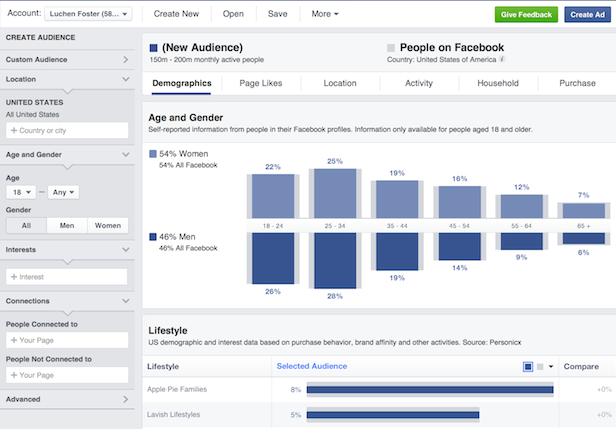
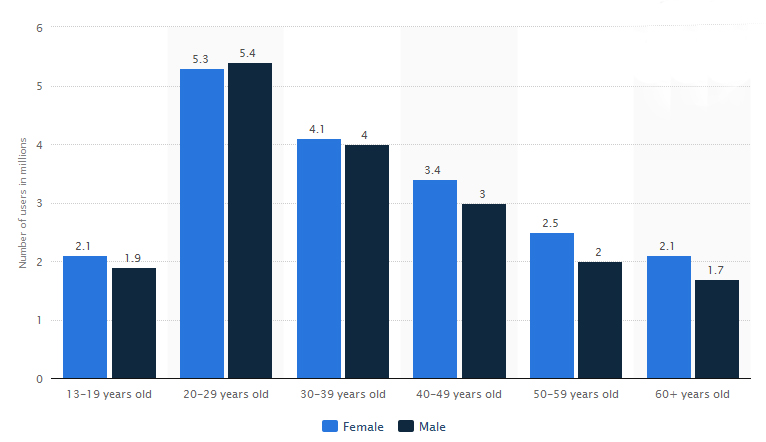
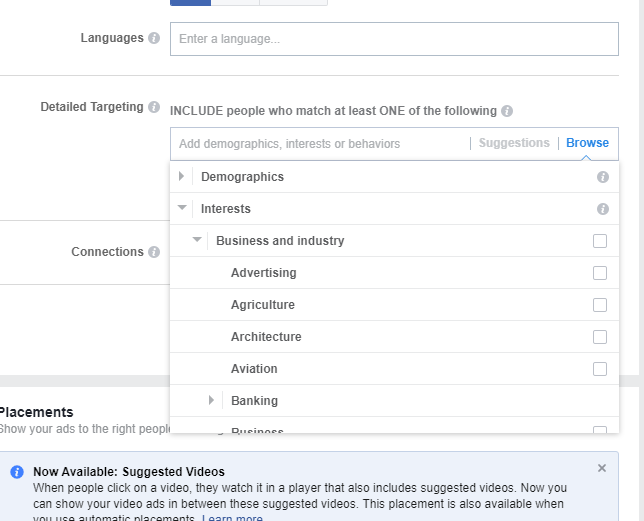
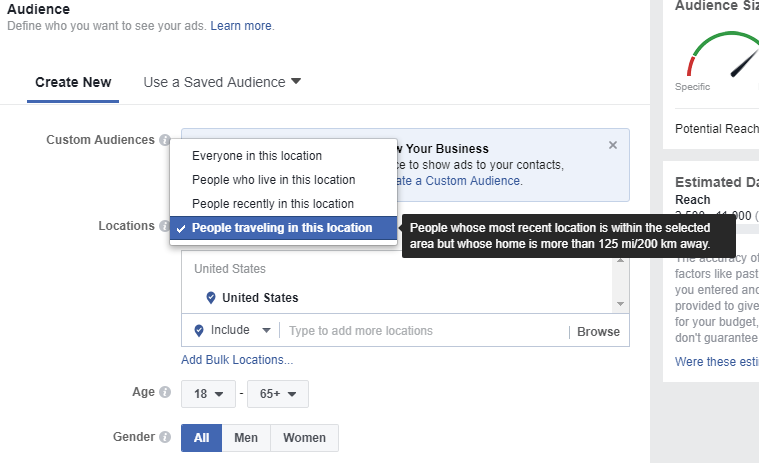
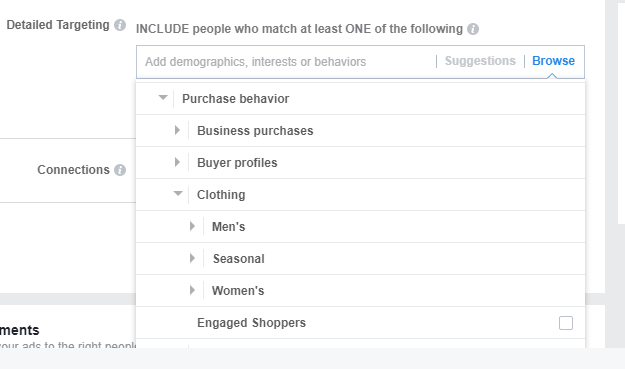

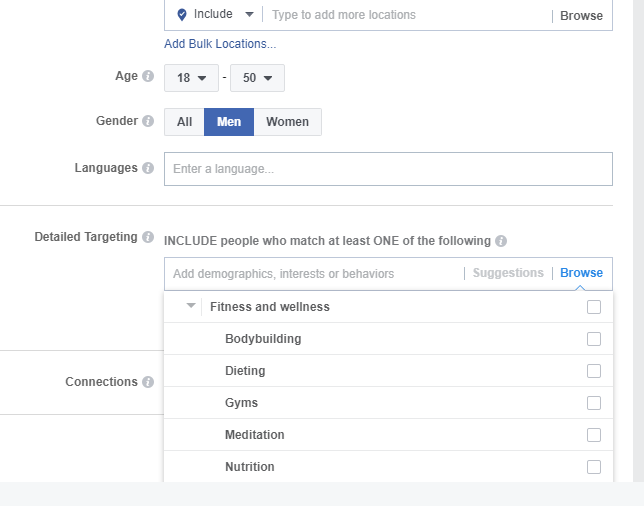
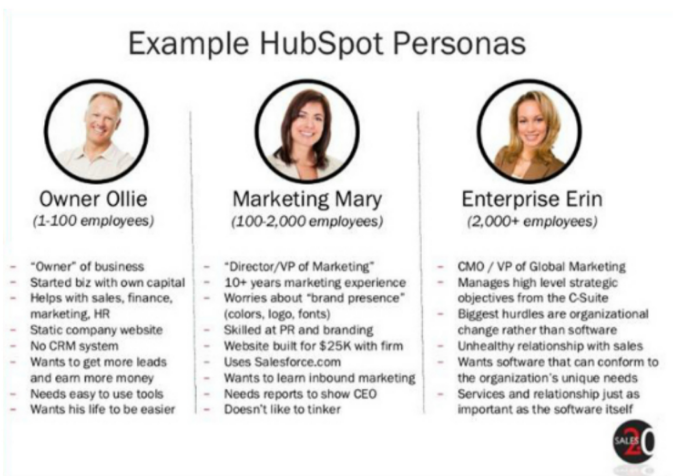
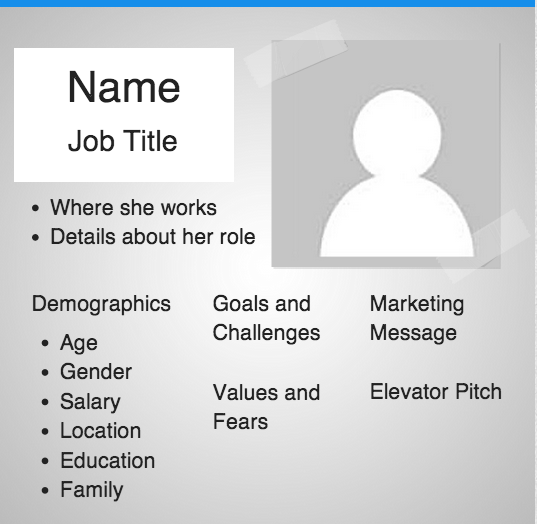

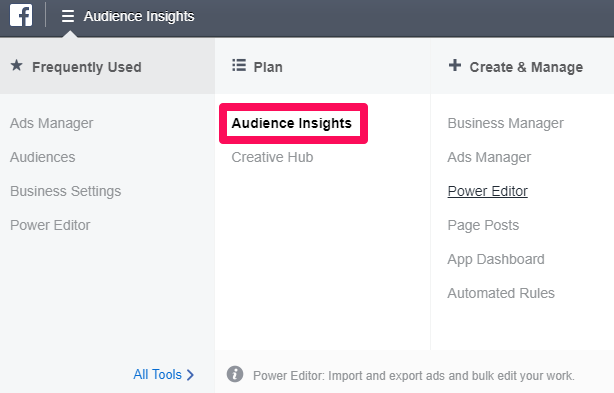


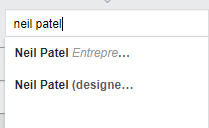
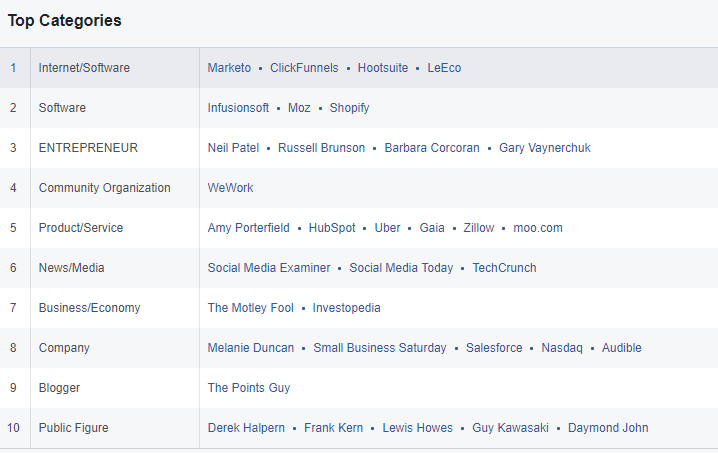
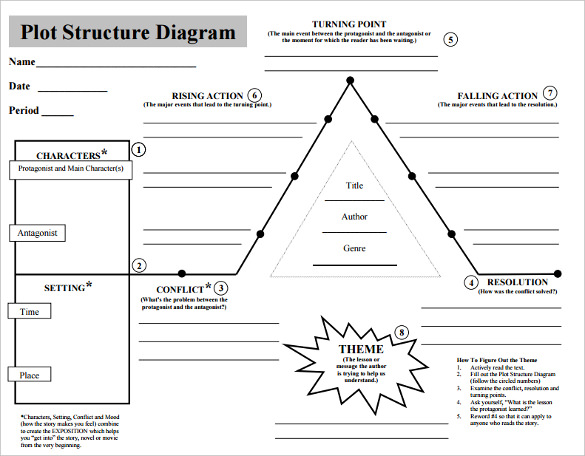

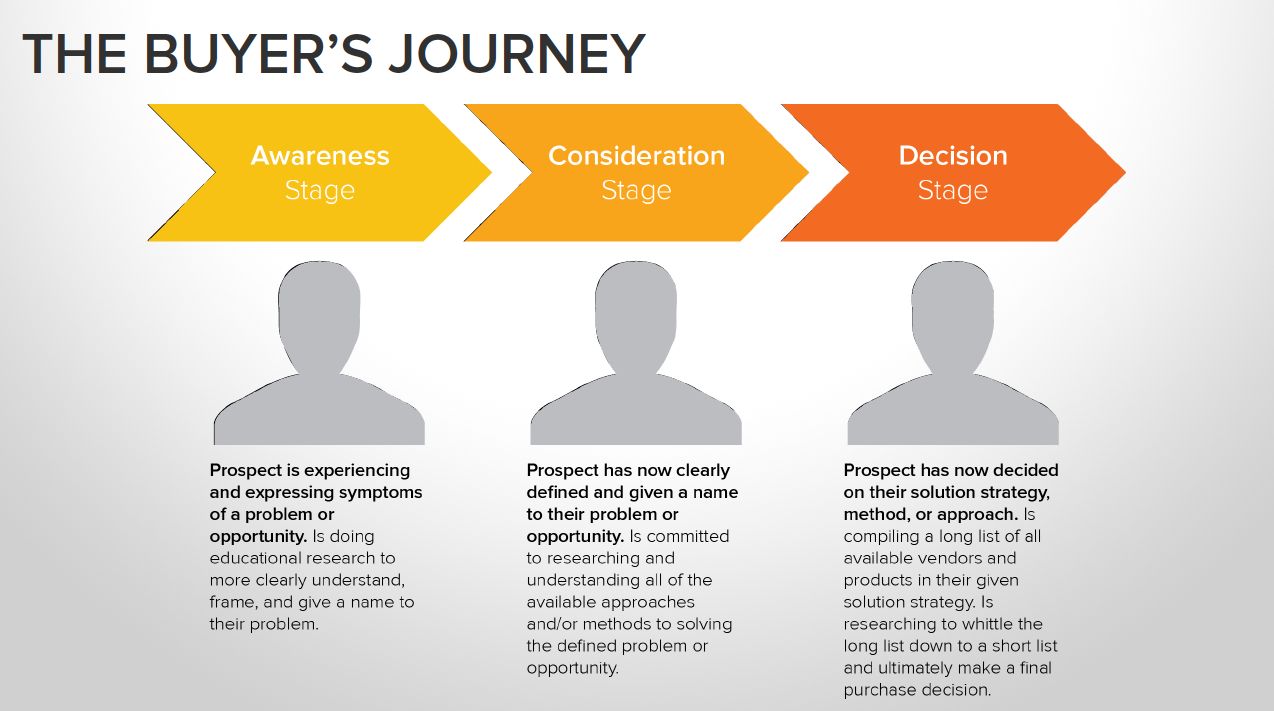

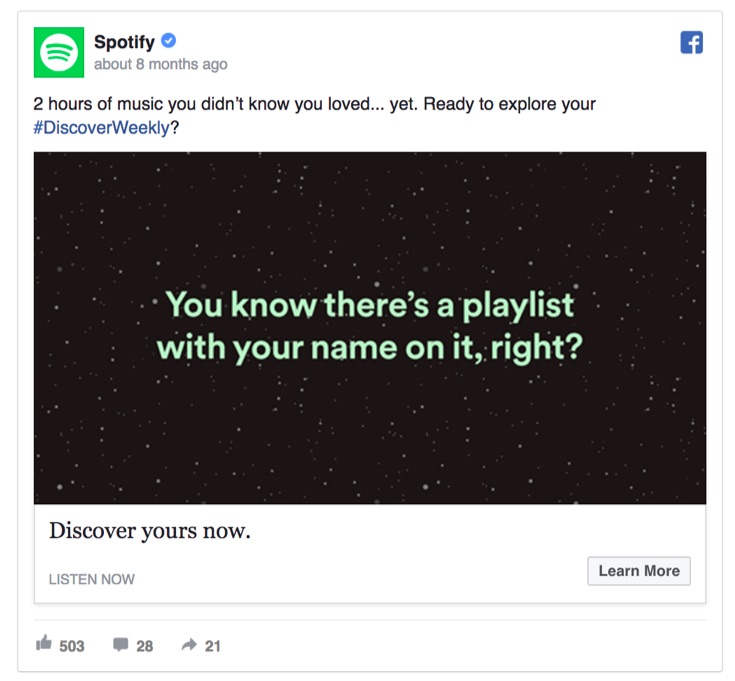
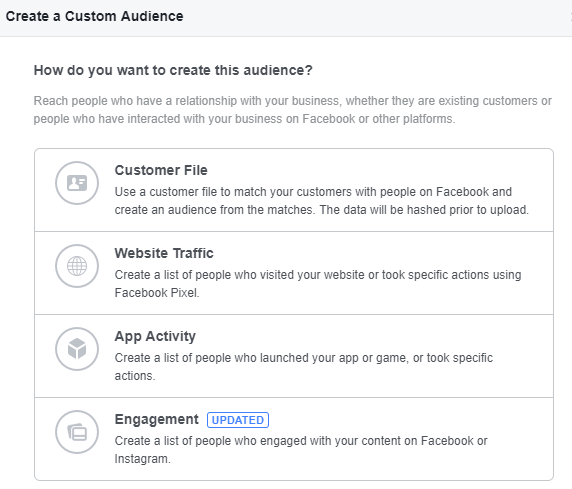
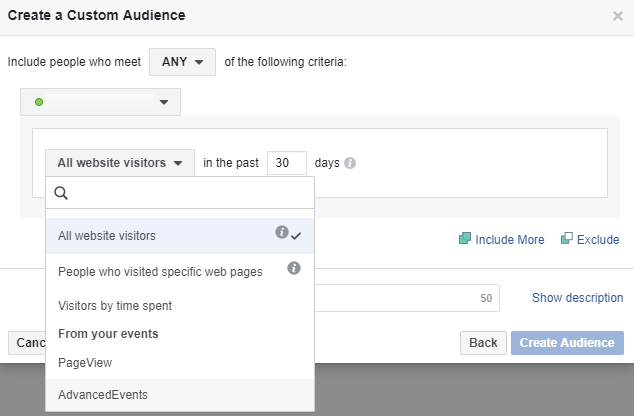
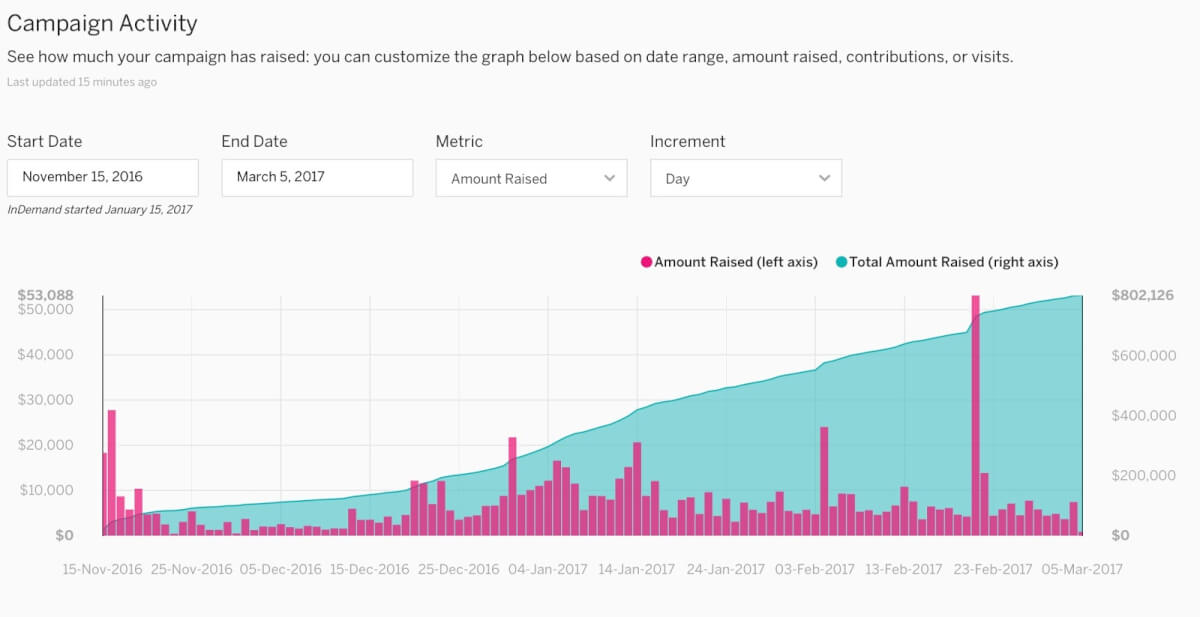
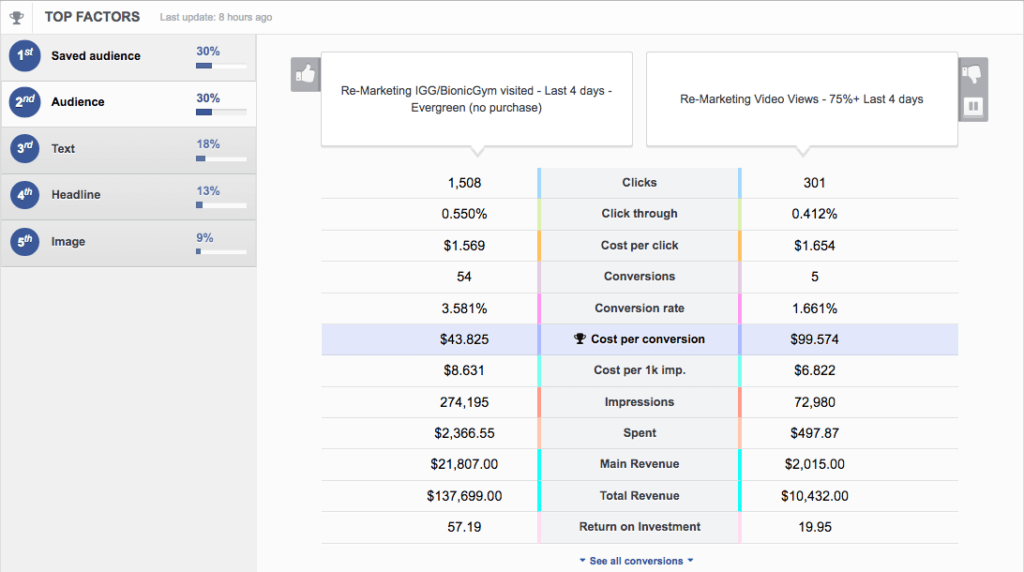

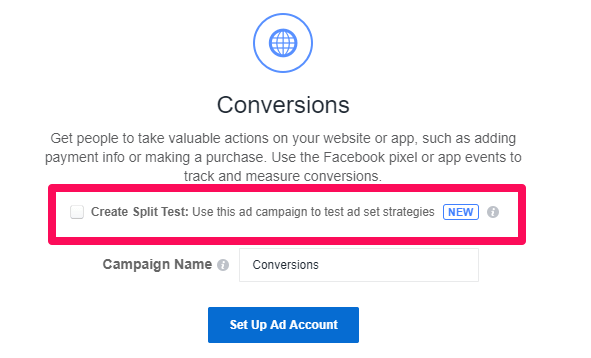
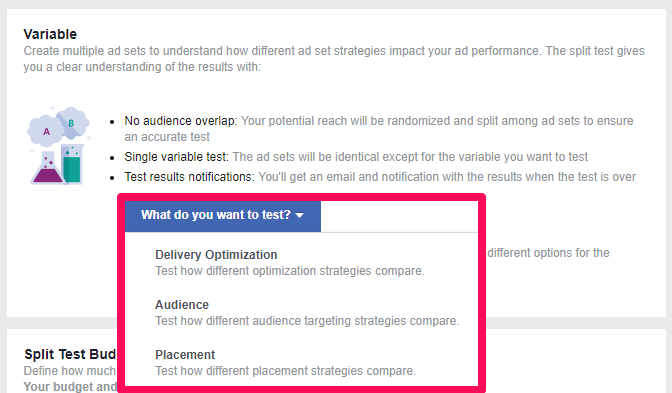
Comments (2)